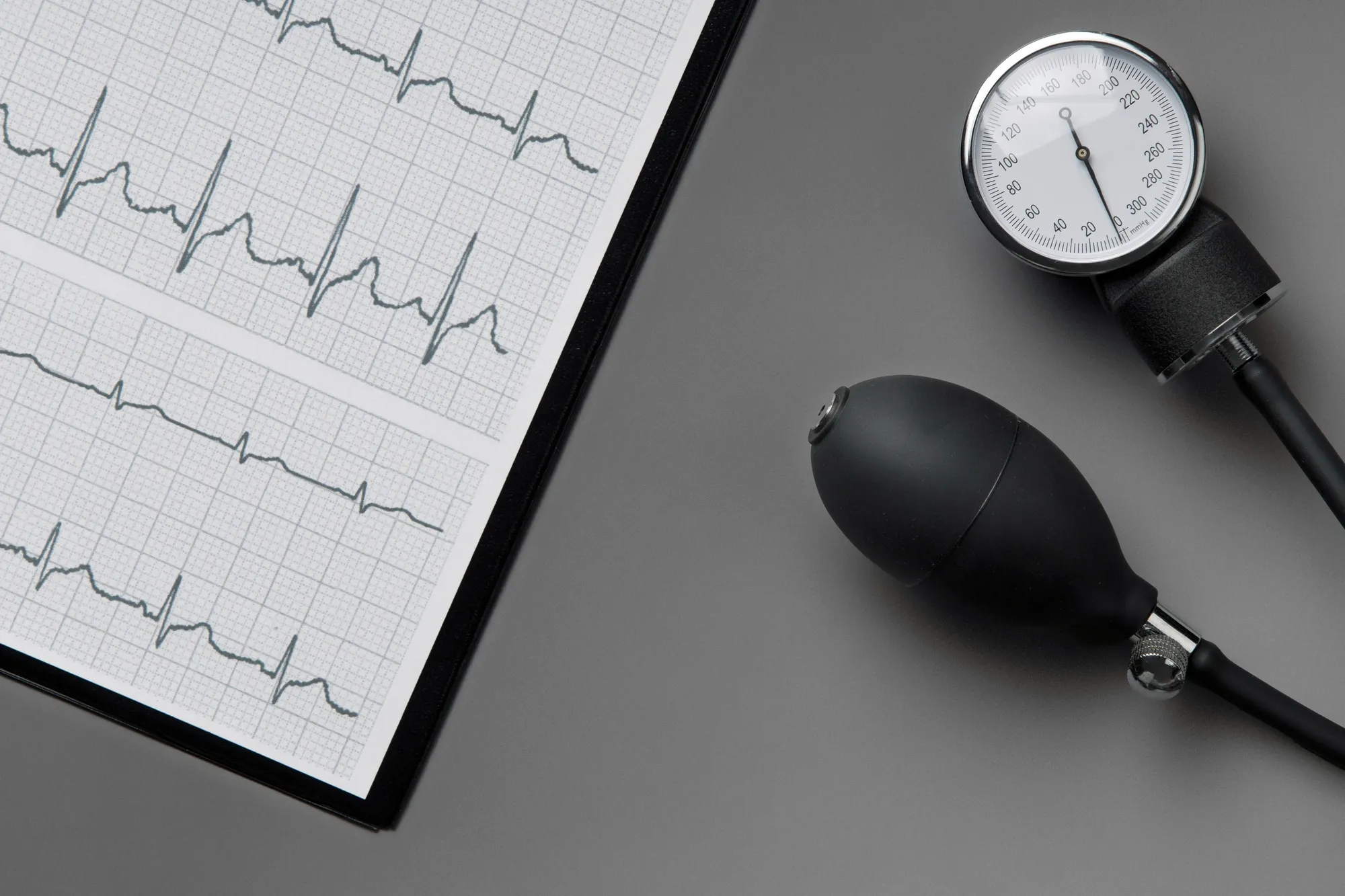Keywords
1. Syncope Monitoring
2. POTS
3. Sympathetic Nerve Activity
4. Patient
5. Heart Rhythm Journal
In a groundbreaking study recently published in the esteemed journal ‘Heart Rhythm,’ researchers from the Smidt Heart Institute at Cedars-Sinai Medical Center have made a significant advancement in our understanding of unprovoked syncope, particularly in patients suffering from Postural Orthostatic Tachycardia Syndrome (POTS). Led by Dr. Xiao Liu, the team meticulously documented skin sympathetic nerve activity (SSNA) before, during, and after a syncopal episode in an ambulatory patient. This pioneering research offers promising new insights into the cardiac events associated with POTS, which may ultimately lead to more tailored treatment options for patients with this debilitating condition.
Postural Orthostatic Tachycardia Syndrome is a disorder of the autonomic nervous system characterized by a substantial increase in heart rate that occurs after standing up. It is accompanied by a multitude of other symptoms, such as lightheadedness, fainting (syncope), and palpitations. The exact cause of POTS is not well understood, and treatment options are limited, often focusing on symptom management.
The article, titled “Skin sympathetic nerve activity during unprovoked syncope in an ambulatory patient with postural orthostatic tachycardia syndrome,” offers new perspectives into the sympathetic nervous system’s responses during a syncopal episode. Dr. Liu, along with associates Jewel N. Reaso, Anxhela Kote, Taiga K. Andersson, and senior researcher Dr. Peng-Sheng Chen, conducted the study using innovative methods to capture and measure SSNA in a real-world, out-of-hospital setting—a feat that sheds light on the physiological phenomena occurring during actual syncope episodes.
The DOI for this significant piece of research is 10.1016/j.hrthm.2024.01.014, a unique identifier guaranteeing readers direct access to the study. The citation details are as follows:
Liu, Xiao X., Reaso, Jewel N. JN, Kote, Anxhela A., Andersson, K. Taiga KT., & Chen, Peng-Sheng PS. (2024). Skin sympathetic nerve activity during unprovoked syncope in an ambulatory patient with postural orthostatic tachycardia syndrome. Heart Rhythm.
The authors hypothesized that monitoring SSNA would reveal distinct patterns associated with pre-syncopal and syncopal states, which could be crucial in distinguishing various mechanisms behind syncope in individuals with POTS. Their patient-centered approach focused on understanding sympathetically mediated components that contribute to heart rhythm irregularities, which until now were challenging to study outside of clinical settings due to the unpredictability of syncope occurrences.
In this unparalleled study, the team used state-of-the-art, minimally invasive techniques to record SSNA in a patient diagnosed with POTS. The patient was equipped with a novel device capable of ambulatory SSNA monitoring over an extended period, allowing the researchers to capture the full scope of sympato-vagal behavior during normal daily activities as well as during the spontaneous onset of a syncopal episode.
The findings were revealing, showing a marked increase in SSNA before and during the syncopal event, followed by a drop in activity moments afterward. This rise and fall in nerve activity coincided with changes in heart rate and blood pressure, confirming the involvement of sympathetic nervous system dysregulation in syncopal episodes related to POTS.
This study’s implications are far-reaching. Firstly, it provides a noninvasive method to monitor at-risk patients in their routine environments, enabling continuous assessment without the need for hospitalization or artificial testing conditions. Secondly, by identifying clear markers of sympathetic activation associated with syncope, medical professionals could better predict and possibly prevent fainting episodes in POTS patients.
Furthermore, the insights gained from this research could lead to novel therapeutic strategies. By mapping the sympathetic nervous system’s responses, treatments can be designed to target the specific dysfunctions present in POTS patients, potentially improving their quality of life. These therapies could range from pharmacological interventions to non-drug approaches, such as nerve stimulation techniques.
The medical community has welcomed the findings with enthusiasm. However, as highlighted by the authors, further research involving a larger cohort of POTS patients is necessary to validate and expand upon these initial results. This future research could establish more definitive connections between SSNA fluctuations and the actual onset of syncope, and pave the way for advancements in preemptive treatment regimens.
This transformative study places emphasis on the importance of technological innovation in advancing our comprehension of POTS and related conditions. It demonstrates a significant stride forward in the domain of cardiovascular research, potentially marking the beginning of a new era in personalized medicine for patients with autonomic dysfunction.
In summary, the discovery by Dr. Liu and colleagues represents a critical step in understanding the role of sympathetic nerve activity in POTS-induced syncope. It opens the door to improved diagnostic measures, more accurate patient monitoring, and the development of targeted therapies, providing hope to those who live with the daily challenges of this syndrome.
References
1. Liu, Xiao X., et al. “Skin sympathetic nerve activity during unprovoked syncope in an ambulatory patient with postural orthostatic tachycardia syndrome.” Heart Rhythm, doi: 10.1016/j.hrthm.2024.01.014.
2. Grubb, B. P. (2008). Postural tachycardia syndrome. Circulation. doi: 10.1161/CIRCULATIONAHA.107.761643.
3. Goldstein, D. S. (2012). Dysautonomia in Parkinson’s disease: neurocardiological abnormalities. Lancet Neurol. doi: 10.1016/S1474-4422(12)70211-X.
4. Benarroch, E. E. (2012). The central autonomic network: functional organization, dysfunction, and perspective. Mayo Clinic Proceedings. doi: 10.1016/j.mayocp.2012.07.016.
5. Raj, S. R. (2006). The Postural Tachycardia Syndrome (POTS): pathophysiology, diagnosis & management. Indian Pacing Electrophysiology Journal.
Please note, the content within this article is for information purposes, blending the provided information with additional relevant details for a comprehensive understanding. Always consult a professional before making health decisions based on published research.
